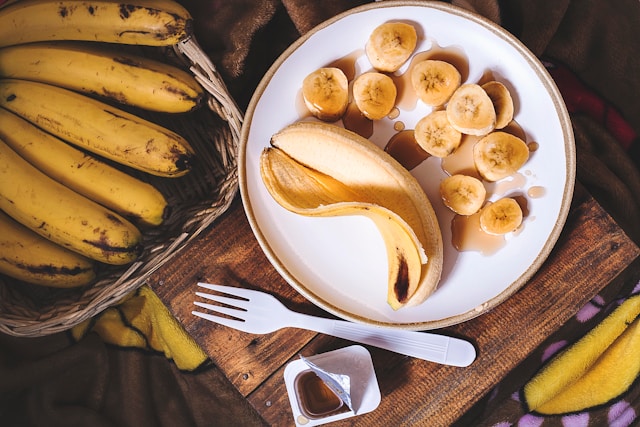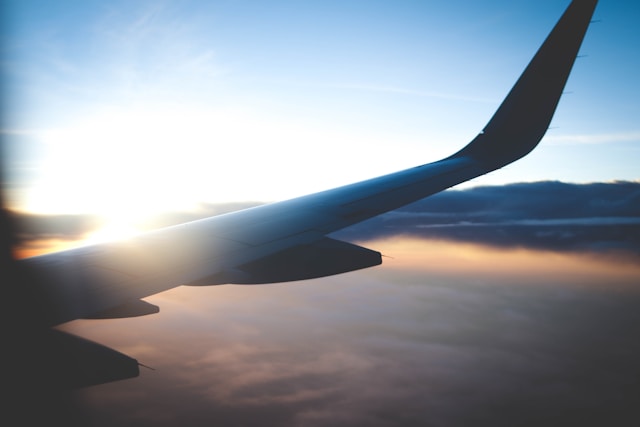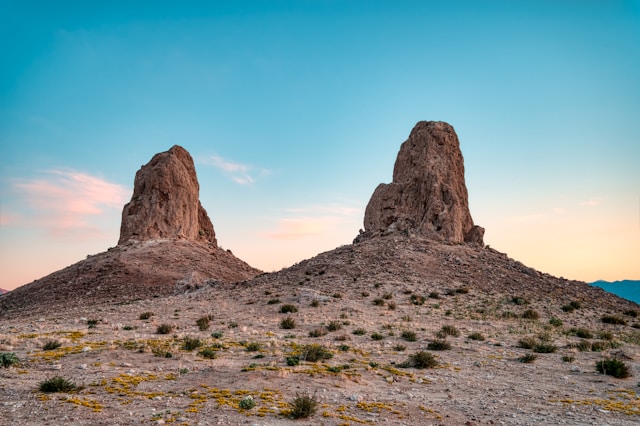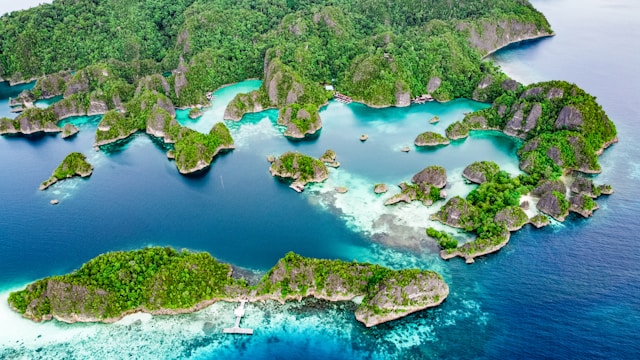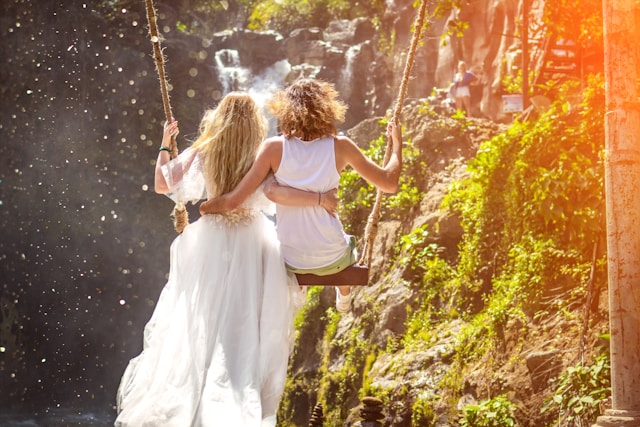The Banana Pancake Route—a quirky name given to the well-trodden backpacker trail through Southeast Asia—is a rite of passage for thousands of travelers. Stretching across Thailand, Laos, Cambodia, Vietnam, Indonesia, and even parts of Nepal and India, it earned its name thanks to the banana pancakes sold at nearly every hostel catering to Westerners.
While guidebooks and blogs paint it as an easy, carefree journey full of temples, parties, and scooters, there are layers of culture, chaos, and unexpected truths that many travelers don’t learn until they’re already on the road. In this article, we reveal 10 things no one tells you before you go, so you can explore the Banana Pancake Route with a smarter, deeper perspective.
1. It’s Not as Off-the-Beaten-Path as You Think
Despite being popularized as a “hidden trail,” the Banana Pancake Route is now a well-established network of hostels, cafés, tour offices, and bars that cater heavily to Western travelers. In places like Pai (Thailand) or Vang Vieng (Laos), you may find more smoothie bowls than authentic street food.
What to Expect:
A familiar atmosphere—yes, even McDonald’s and Starbucks in some areas
Many towns feel more like backpacker bubbles than Southeast Asian villages
Tip: Break away from the route occasionally to explore more local towns like Mae Sariang (Thailand) or Battambang (Cambodia).
2. You Don’t Need to Plan Everything
One of the greatest advantages of this route is its flexibility. Buses, guesthouses, and activities can usually be booked just a day or two in advance.
The Advantage:
You can adjust your route based on new friends, weather, or personal interest
Booking last-minute often leads to discounts or shared travel experiences
Caution: During high season (Dec–Feb), book accommodation in popular spots like Hoi An or Luang Prabang a few days ahead.
3. Overland Border Crossings Can Be a Headache
Crossing borders overland between countries like Cambodia, Vietnam, and Laos can involve long bus rides, hidden fees, and scam attempts.
Common Issues:
“Visa service” scams that charge extra for unofficial processing fees
Surprise stops for “required health checks” or overcharging in currency conversion
Advice: Research your crossing point carefully and carry USD in small denominations for smoother transactions.
4. It’s a Party—But It Doesn’t Have to Be
From the infamous Full Moon Party in Thailand to river tubing in Vang Vieng, the Banana Pancake Route has a party-hard reputation. But it’s not all beer buckets and EDM.
What You Might Miss:
Mindful yoga retreats in Ubud
Buddhist meditation courses in northern Thailand
Remote treks in northern Vietnam and southern Laos
Reminder: The beauty of this route is its variety. Don’t feel pressured to party if that’s not your vibe.
5. Budget Travel Doesn’t Always Mean Cheap
Yes, Southeast Asia is known for being affordable, but the popularity of certain areas means prices can vary widely depending on where you go and how you travel.
Examples:
A dorm bed in Hanoi: \$5–\$8
A beach bungalow in Bali: \$20–\$40
A tour of Angkor Wat: Entry fee \$37 + tuk-tuk + guide
Budget Tip: Eat local food, use shared transport, and travel slower to save more.
6. You’ll Form Fast Friendships—And Let Them Go Quickly
The route attracts like-minded backpackers from around the globe, and you’ll likely bond over hostels, tours, and tuk-tuk rides. But most friendships last only as long as your itineraries align.
Emotional Reality:
Quick connections can be intense but short-lived
Saying goodbye becomes a regular part of your journey
Pro Tip: Stay connected via WhatsApp or Instagram—you’ll cross paths again!
7. You’ll Get “Temple Fatigue” Sooner Than You Think
The temples of Angkor Wat, Bagan, and Luang Prabang are breathtaking. But after your tenth pagoda or golden Buddha, you might find yourself burning out on spiritual sightseeing.
Symptoms:
Skipping temples even though they’re historically important
Feeling bored during guided tours you once craved
What to Do: Mix in activities like cooking classes, river cruises, or motorbike adventures to keep your energy high.
8. The Food Is Amazing—If You Eat Like a Local
Many travelers stick to tourist cafés offering “safe” foods like pasta, burgers, or—you guessed it—banana pancakes. But the real flavors of Southeast Asia lie in local street stalls and night markets.
Must-Try Dishes:
Khao Soi in Chiang Mai
Banh Mi in Vietnam
Amok curry in Cambodia
Laap in Laos
Safety Note: Eat where locals eat, and avoid raw foods or ice in questionable spots.
9. Travel Burnout Is Real
Even in paradise, constant movement can take its toll. The Banana Pancake Route is filled with overnight buses, noisy hostels, and sensory overload.
Signs You’re Burnt Out:
Losing excitement for new places
Feeling anxious or disconnected
Skipping activities just to sleep
What to Do: Slow down. Stay in one place for a week. Find a café with Wi-Fi, a pool, or a yoga class. Recharge.
10. It Will Change You—Just Not Always in the Way You Expect
Many people head to Southeast Asia in search of self-discovery, spirituality, or just great Instagram photos. While it can be transformative, the change often comes in unexpected ways.
Real Outcomes:
You’ll develop patience and adaptability
You’ll become more culturally sensitive
You may re-evaluate your lifestyle back home
Big Lesson: The Banana Pancake Route doesn’t hand you answers—but it teaches you how to ask the right questions.
Conclusion: The Banana Pancake Route Is More Than Just a Trail
The Banana Pancake Route is often dismissed as a cliché, but it continues to attract travelers for a reason. It’s accessible, exciting, diverse, and it offers something for every kind of explorer—from digital nomads to soul searchers.
Still, behind the smoothie bowls and hostel bars lies a world that’s more complex, more rewarding, and more unpredictable than you might expect. Armed with the right insights and mindset, you can turn your trip into something truly life-enriching.
So go ahead—book that one-way ticket. Just remember: the route may be well-worn, but the journey is yours to define.
FAQs
1. What is the Banana Pancake Route?
The Banana Pancake Route refers to a popular backpacking trail through Southeast Asia where many towns have adapted to Western travelers with affordable accommodations, banana pancakes on menus, and a backpacker-friendly infrastructure.
2. Which countries are part of the Banana Pancake Route?
The core countries include Thailand, Laos, Vietnam, Cambodia, and Indonesia, but some travelers also include Myanmar, Nepal, India, and parts of Malaysia and the Philippines.
3. Is the Banana Pancake Route safe for solo travelers?
Yes, especially in countries like Thailand and Vietnam where tourism is well-established. Always follow standard travel safety practices, trust your instincts, and use registered transport services.
4. How much money do I need for the Banana Pancake Route?
A budget traveler can expect to spend around \$25–\$40 USD per day, depending on the country, lifestyle, and travel speed. Slower travel and local meals help stretch your budget.
5. What’s the best time to travel the Banana Pancake Route?
November to April is generally the best time for dry weather across most of Southeast Asia, though it varies by region. Research monsoon seasons and festivals for better planning.



